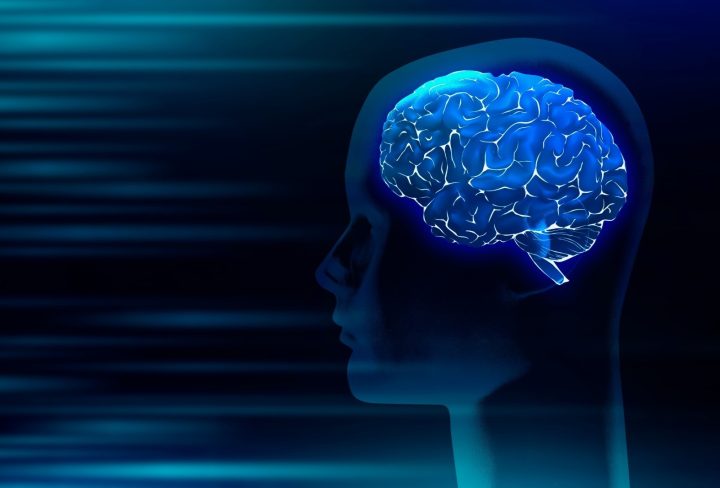Deep Brain Stimulation (DBS) has emerged as a groundbreaking treatment for neurological disorders, yet misconceptions persist. In this article, we debunk common myths and present verifiable facts about DBS, shedding light on its true potential and clarifying its impact on patients’ lives.
Myth: DBS Involves Brain Surgery
Fact: While DBS does require a surgical procedure for implanting electrodes, it’s minimally invasive and doesn’t involve open-brain surgery. Precision techniques ensure safety and accuracy.
Myth: DBS Cures Neurological Disorders
Fact: DBS is not a cure but rather a management technique. It alleviates symptoms and improves the patient’s quality of life, allowing for greater independence and reduced medication dependency.
Myth: DBS Is Risky and Dangerous
Fact: DBS is considered safe when performed by skilled professionals. Rigorous patient evaluation, advanced technology, and targeted electrode placement minimize risks.
Myth: DBS is Only for Severe Cases
Fact: While DBS is effective for severe cases, it’s also used in less advanced stages of disorders. It offers varying degrees of symptom relief, enhancing the quality of life for a broader range of patients.
Myth: DBS Alters Personality and Behavior
Fact: DBS does not alter a patient’s fundamental personality traits. It may lead to mood improvements due to symptom relief, but it doesn’t change one’s core identity.
Myth: DBS is a Last Resort
Fact: DBS is not a last resort. It’s often considered when medications become less effective or cause undesirable side effects. Early intervention with DBS can yield better outcomes.
Myth: DBS is an Experimental Treatment
Fact: DBS is an established and approved treatment for various neurological disorders. It’s supported by extensive research, clinical trials, and years of successful patient outcomes.
Myth: DBS is Only for Parkinson’s Disease
Fact: While DBS gained prominence for Parkinson’s disease, its applications extend to other conditions like essential tremor, dystonia, and obsessive-compulsive disorder.
Myth: DBS is Permanent and Irreversible
Fact: DBS settings can be adjusted or turned off if needed. The procedure is reversible, allowing for flexibility based on patient needs.
Myth: DBS is Not Suitable for Elderly Patients
Fact: Age alone isn’t a determining factor for DBS candidacy. Patient health and overall condition are considered when evaluating suitability.
Myth: DBS is the Same for Everyone
Fact: DBS is highly individualized. Electrode placement, stimulation settings, and treatment goals are tailored to each patient’s unique needs.
Myth: DBS Leads to Immediate Results
Fact: While some patients experience rapid improvements, the full effects of DBS may take time to become noticeable as stimulation is fine-tuned.
Myth: DBS is Expensive and Inaccessible
Fact: While DBS involves initial costs, it may be cost-effective in the long run due to reduced medication expenses. Accessibility varies, but advancements are expanding its availability.
Myth: DBS Requires Frequent Battery Replacement
Fact: DBS devices have long-lasting batteries, often lasting several years before replacement is needed.
In conclusion, Deep Brain Stimulation is a proven and transformative treatment for neurological disorders. By dispelling myths and presenting accurate facts, we hope to empower patients with the knowledge needed to make informed decisions about DBS and its potential to enhance their lives.
SEO Keywords:
Deep Brain Stimulation (DBS) myths and facts, Debunking DBS misconceptions, DBS treatment reality, DBS surgery clarification, DBS effectiveness and safety, DBS for various neurological disorders, DBS candidacy criteria, DBS reversibility and flexibility, Personalized DBS treatment, Managing expectations with DBS, DBS accessibility and cost, Long-lasting DBS devices, Neurological disorder treatment truths, Facts about DBS therapy.

